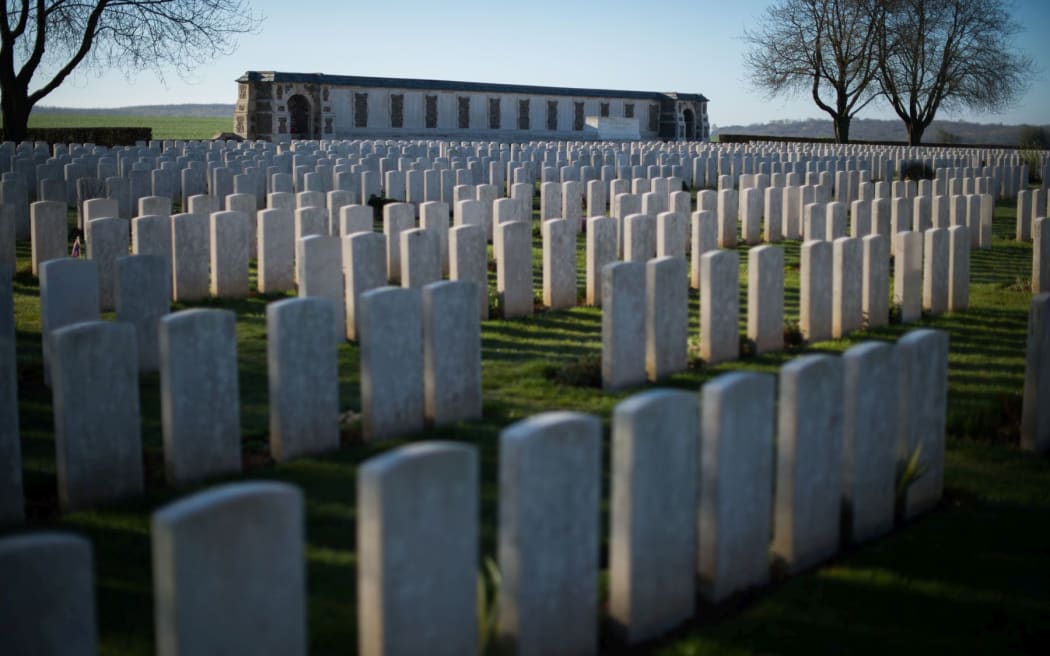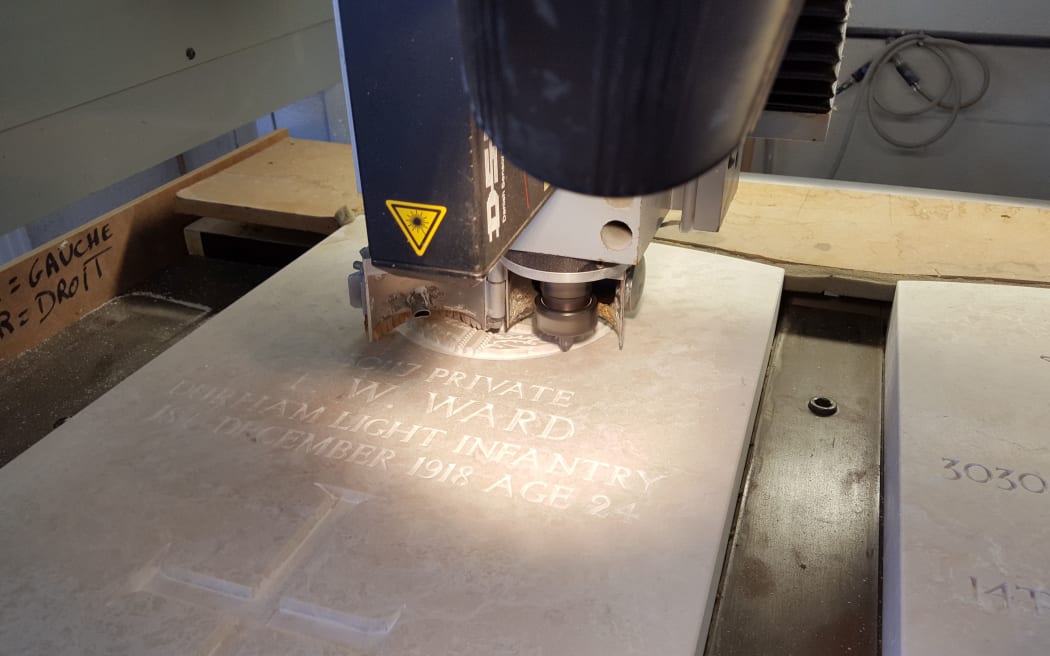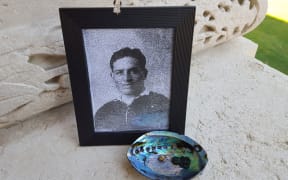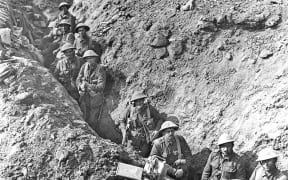The NZ soldiers who fell during the Battle of the Somme 100 years ago are a long way from their native soil, but Andrew McRae finds their graves still receive plenty of care and attention.

War graves at Caterpillar Valley Cemetery, near Longueval, France. Photo: NZDF
On visiting the battlefields of Northern France one thing becomes obvious very quickly - the vast number of war grave cemeteries dotted around the beautiful countryside.
Some of them are very small, others are quite large, but one thing they all have in common is how beautifully they are maintained.
This is, of course, not unique to this part of the world. The Commonwealth War Graves Commission (CWGC) - a body made up of member nations that took part in both world wars, including New Zealand - maintains all war cemeteries and memorials to a very very high standard.
It looks after 23,000 sites in 154 countries, commemorating 1.7 million known and unknown graves.
It has been my privilege to visit a number here in Northern France on my visit for the centenary of New Zealand's involvement in the Battle of the Somme, which commenced on 15 September 1916 and lasted for 23 days.
A total of 2111 New Zealanders died in that battle. They and another 10,000 who died on the western front during the First World War lie in marked - but in most cases unknown - graves throughout France and Belgium.
The commission works with a £60 million budget, with the member nation contribution based on the number of casualties that country endured.
The commission's 1300 staff maintain the graves worldwide.
It is a round-the-clock job of making sure all graves and memorials are in good condition and every five years each and every headstone is checked. If a gravestone needs work, it is either done by a craftsman at the cemetery or a new headstone is produced at the commission's plant near Arras.
Gone are the days of using a hammer and chisel to engrave a headstone. Now it is a laser machine doing the computer generated work.
The Arras plant, which makes all of the headstones for each and every Commonwealth War Grave Cemetery in the world, can produce an average of about 50-60 a day, with the target of 7000 a year.
Even after that, about 80 percent of the headstones are still the originals.
The CWGC also has its own unique font which it uses on every headstone.

A laser machine engraves a war headstone. Photo: RNZ / Andrew McRae
The Commission started life as the Imperial War Graves Commission in May 1917, while the war still raged.
Staff went around the battlefields just behind the action, marking with wooden crosses where the men had fallen and battlefield burials had taken place. Most ended up being reburied at the same site and the war graves cemeteries we know today were built up around them.
I have visited Commonwealth War Cemeteries at El Alamein in Egypt, Malta, Monte Cassino in Italy and at Gallipoli. They, like the ones in Northern France and the world over, would have given comfort to their loved ones at the time and their descendants today.
While the men who fell for their King and Country are a long way from their native soil, we can all rest assured that they are being well looked after.




